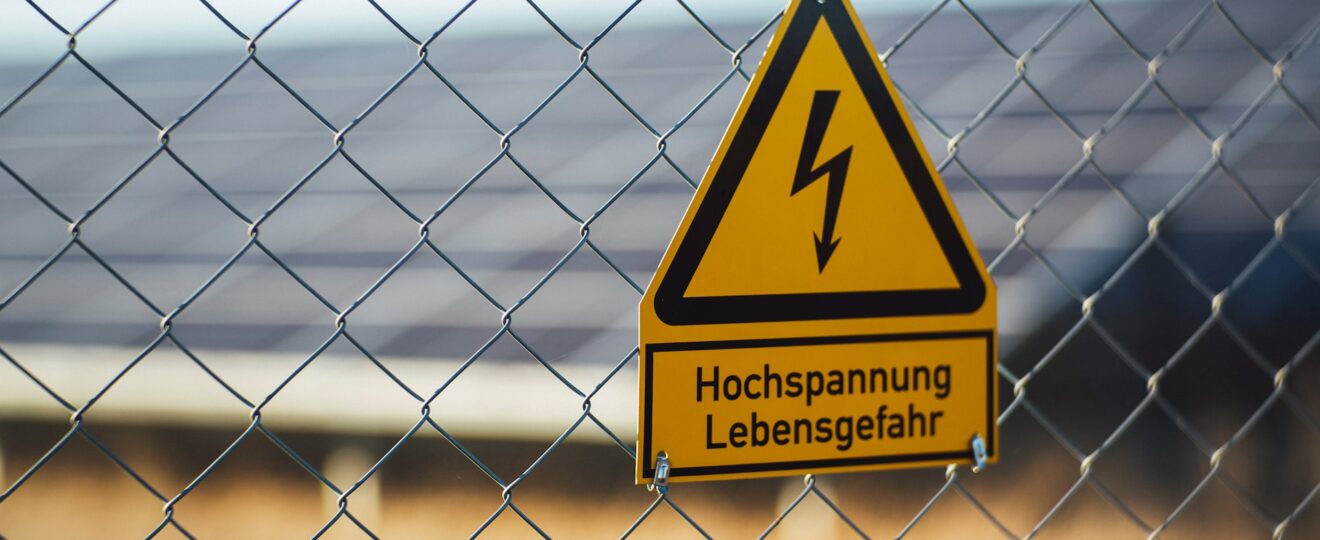Safety is paramount when it comes to working with electricity. When it comes to working with electricity, it’s important to understand the dangers of electricity and how it can cause serious injury. One way to ensure worker safety is to be aware of electrical warning signs, which can help warn you when there is a problem or hazard present that could quite literally be a matter of life and death
As electricians and technicians know, it’s important to pay attention to all the necessary precautions to ensure that everybody involved with the work is protected from any harm related to electric shock, fire, and other hazards. To this end, electricians often rely on electrical warning signs to denote the presence of electrical hazard and to remind workers of the need for extra caution and safety when working around electrical components. Read on to learn more about electric warning signs, what they mean, and how to use them in the workplace.
What Are Electric Warning Signs?
Put simply, electric warning signs are signs that are used to alert workers of potentially dangerous electrical components or areas in a work environment. The signs may be posted as stickers, tags, or labels near the hazard. They may also be pictorial or may contain written instructions to aid in the safe operation and handling of electrical equipment.
Types of Electric Warning Signs:
Electric warning signs differ in shape and design, depending on the manufacturer and the type of equipment or situation they are intended to warn workers of. Generally, however, warning signs are designed to look like a rectangle or a triangular shape. They are typically brightly colored, featuring red, yellow, or black as the dominant color.
Common electric warning signs consist of labels, such as:
- Danger/Warning – Used to warn workers of a potential hazard or danger that could result in harm, including death or injury.
- Hot Surface – Used to alert workers that a surface contains a hot conductor or conductor is energized.
- High Voltage – Used to inform personnel of a high voltage area.
- Electric Shock – Used to inform personnel of the possibility of an electric shock.
- Ground – Used to inform personnel of the area where a grounding conductor is present.
- Lockout/Tagout – Used to inform personnel of the need to lock out/tag out power sources or devices before performing electrical work.
- Flash Hazard – Used to identify the area where a flash hazard may be present.
- Short Circuit – Used to warn workers of a potential risk of a short circuit.
How to Use Electric Warning Signs?
Using safety signs Australia is essential for a safe working environment. They should be placed in areas that are easily visible for workers, such as above doorways, on walls near the hazard, and near electrical equipment. Additionally, it is important to make sure that the warning signs are bright enough to be seen in dim light or at a distance.
When it comes to using electric warning signs, it’s important to always read the instructions that come with the sign. This will help to ensure that the sign is placed in the correct location and used according to the manufacturer’s instructions.
Additionally, it is important to make sure that the electric warning signs are kept up-to-date and are not damaged or faded. If a sign needs to be replaced, make sure this is done as soon as possible.
Conclusion:
Electric warning signs or hazard warning signs are essential for keeping workers safe in environments where electricity is present. By following the instructions provided on the sign, workers can take the necessary precautions to ensure their safety and the safety of those around them. Make sure electric warning signs are visible, free from damage or fading, and kept up-to-date for maximum safety.









